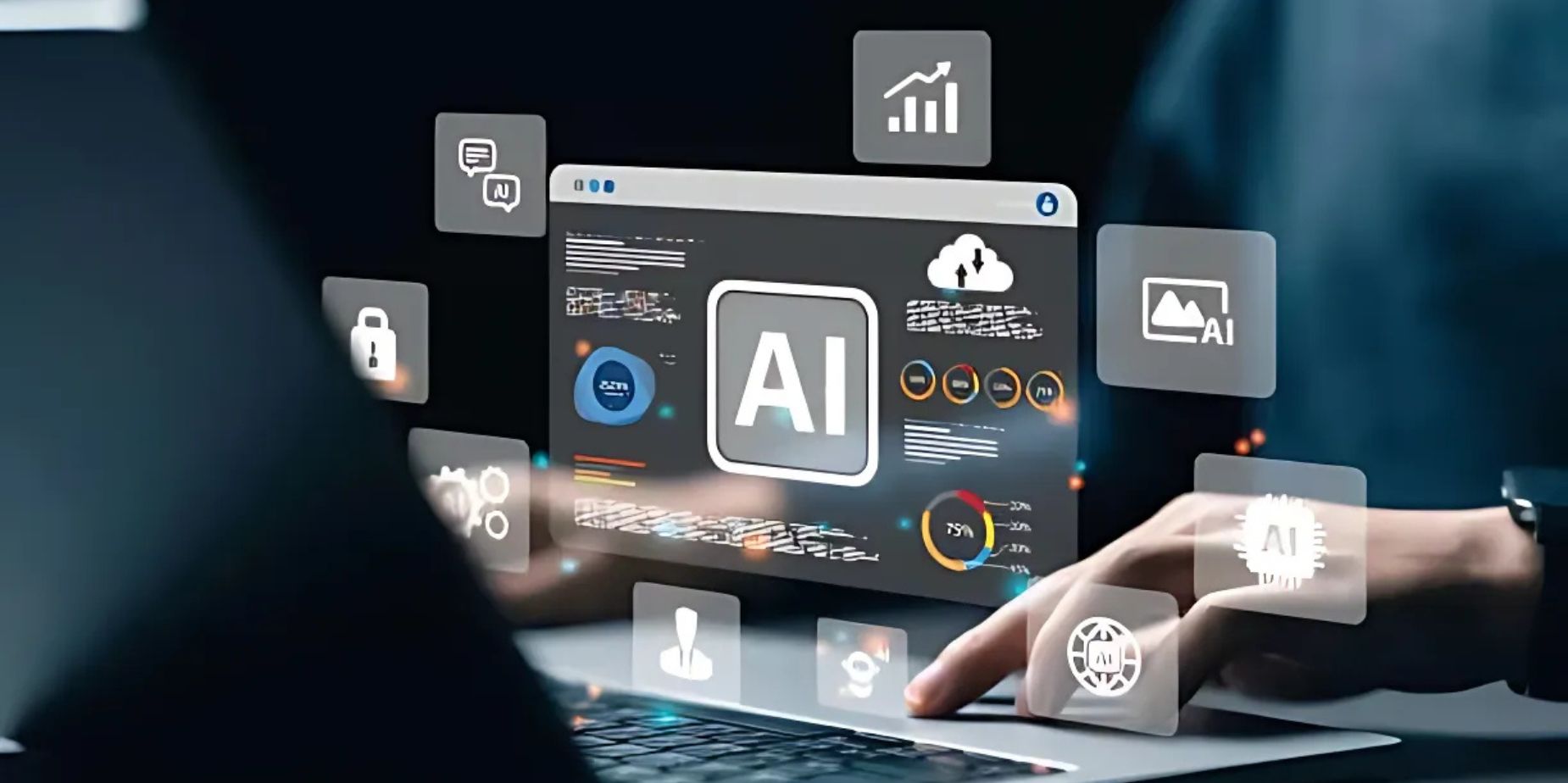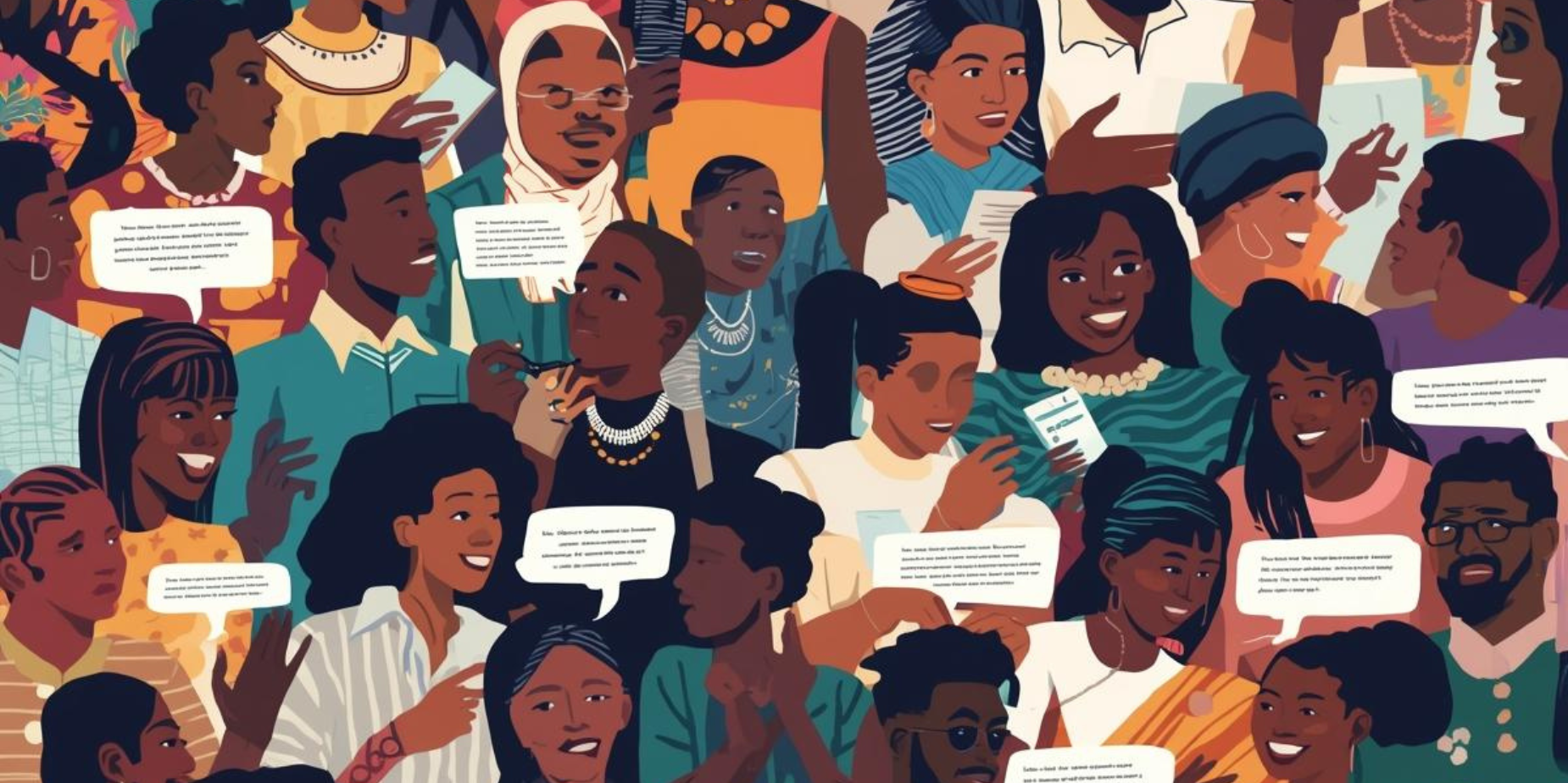Nigeria does not lack conversation.It lacks organization of conversation. Every day, millions of Nigerians discuss…

How AI Are Affecting Email and SMS Marketing in 2025
In a world increasingly saturated with digital content, the challenge for marketers has never been clearer: delivering personalised, timely, and impactful communication that drives results. Email and SMS marketing are two of the most effective channels for directly reaching customers. However, with the advent of artificial intelligence (AI) and machine learning (ML), the possibilities for optimising these channels have expanded exponentially.
AI and ML are no longer futuristic buzzwords—they are critical tools transforming how businesses engage, convert, and retain customers. For B2B and B2C businesses, embracing these technologies in email and SMS campaigns is not just an option but a competitive necessity in 2025.
This article explores how AI and ML are revolutionising email and SMS marketing in 2025, providing actionable strategies, relevant stats, and tips for modern marketers to excel in an evolving landscape.
Table of Contents
The Current Landscape of Email and SMS Marketing in 2025
Before diving into AI’s transformative impact, let’s review the numbers that underscore the continued relevance of these channels:
- Email Marketing: The number of email users globally is projected to hit 4.6 billion by 2025 (Statista). Email marketing remains one of the most effective channels, delivering an impressive ROI of 36:1 (Litmus, 2023).
- SMS Marketing: SMS boasts a 98% open rate and is increasingly used to reach customers instantly. With 75% of customers preferring SMS reminders over other channels (SimpleTexting), the opportunity for growth is enormous.
Despite these statistics, businesses often struggle with scaling personalisation, optimising timing, and crafting messages that truly resonate. That’s where AI and ML make a difference.
AI-Powered Personalization: Revolutionizing Customer Experience
Personalisation is no longer optional; it’s a baseline expectation. Yet, creating hyperpersonalized campaigns at scale remains a challenge for marketers. AI and ML simplify this by analysing vast datasets’ purchase history, browsing behaviour, and engagement metrics—to craft tailored messages that resonate with individual users.
- Stat to Know: Emails with personalised subject lines are 26% more likely to be opened (Campaign Monitor). Personalized SMS messages achieve a 45% response rate (Segmint).
Practical Example:
A SaaS platform could use AI to identify customers who haven’t engaged in 30 days and send them an automated email offering a personalized discount or tutorial. Similarly, a retail brand could leverage AI to send SMS cart reminders with product recommendations based on previous purchases.
Predictive Analytics: Anticipating Customer Needs
AI-driven predictive analytics enables marketers to anticipate customer behavior, helping them optimize campaigns in real time. From predicting the best time to send emails to identifying customers at risk of churn, predictive models are changing how campaigns are planned and executed.
- Stat to Know: Businesses using predictive analytics see a 20% increase in conversions (Salesforce).
Practical Tip:
Deploy predictive analytics to identify customers likely to churn and send SMS offers or discounts to re-engage them. For B2B brands, this could involve sending tailored content or product demos to leads showing a drop in engagement.
AI-Driven Content Creation: Crafting Messages That Convert
Creating high-performing copy for email and SMS can be a bottleneck for many teams. AI-powered tools like Phrasee and Persado analyze past campaign performance to generate optimized subject lines, SMS messages, and CTAs that drive engagement.
- Stat to Know: AI-optimized subject lines can improve open rates by as much as 40% (Persado).
Practical Tip:
Use AI tools to A/B test different variations of email and SMS content. For example, test two SMS offers to determine which phrasing drives higher conversions, and let AI refine the messaging in real-time.
Optimizing Campaign Timing and Frequency with AI
When it comes to campaign success, timing is everything. AI eliminates the guesswork by analyzing user behavior to determine when customers are most likely to engage.
- Stat to Know: AI-driven timing optimization can increase email open rates by 30% (GetResponse).
Practical Tip:
Leverage tools like HubSpot’s AI-powered scheduling to ensure your emails and SMS messages are sent at peak engagement times, customized for each recipient’s preferences.
Intelligent Automation: Scaling Campaigns with Precision
Traditional automation tools are static, relying on predefined workflows. AI, however, introduces dynamic workflows that adapt to real-time customer actions.
Example Workflow:
- A B2B lead downloads an eBook.
- AI analyzes their engagement history and sends a follow-up email offering a webinar invitation.
- If they register, a personalized SMS reminder is sent the day before the event.
This kind of adaptive automation ensures that customers receive relevant messages at every stage of the funnel, improving both engagement and conversion rates.
AI-Powered Analytics: Turning Data Into Actionable Insights
Marketers are inundated with data, but AI simplifies the process by providing actionable insights. Advanced analytics tools powered by AI, such as HubSpot’s Marketing Hub, analyze campaign performance, identifying trends and suggesting real-time optimizations.
Stat to Know: AI-enabled analytics improve campaign ROI by 25% (Forrester).
Practical Tip:
Monitor your email and SMS metrics regularly using AI-driven platforms. Use insights to refine subject lines, timing, and segmentation strategies for continuous improvement.
What the Future Holds: AI’s Expanding Role in Email and SMS Marketing
By 2025, businesses that fail to adopt AI and ML in their marketing strategies risk falling behind. The integration of these technologies not only improves campaign performance but also helps brands build stronger customer relationships.
Key Takeaways for 2025
- Personalization at Scale: Use AI to deliver tailored experiences for every customer.
- Predictive Analytics: Anticipate and meet customer needs with precision.
- Dynamic Automation: Replace static workflows with AI-powered, adaptive campaigns.
- Content Optimization: Leverage AI tools to create, test, and refine messages.
- Data-Driven Decisions: Use AI analytics to drive real-time improvements.
Conclusion: Future-Proof Your Marketing Strategy with AI
The combination of AI and ML in email and SMS marketing is not just transforming how we communicate—it’s redefining what’s possible. By embracing these technologies, businesses can deliver hyper-relevant experiences, increase customer engagement, and drive measurable results.
2025 is the year to move beyond the basics and fully integrate AI into your marketing strategy. Start experimenting, adopt the right tools, and prepare to supercharge your email and SMS campaigns for exponential growth.
Read related articles: Top 10 AI Marketing Tools for 2025 to Boost Growth and Efficiency
AI for B2B and B2C marketingAI-powered marketingautomationData-driven email campaignsemail marketingMarketing optimizationPersonalization in email marketingPredictive analyticssms marketing


